Melting point 795 °C Density 4.69 g/cm³ | Formula MoO3 Boiling point 1,155 °C | |
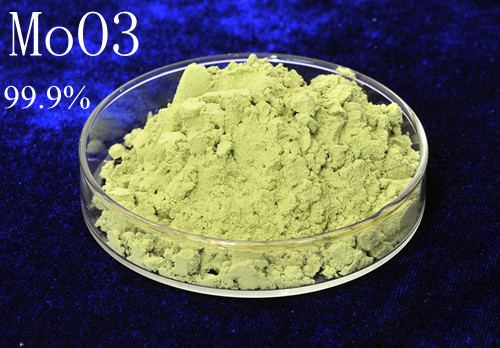 | ||
Related compounds Thermodynamicdata Phase behavioursolid–liquid–gas Appearance yellow or light blue solid | ||
Molybdenum trioxide is chemical compound with the formula MoO3. This compound is produced on the largest scale of any molybdenum compound. It occurs as the rare mineral molybdite. Its chief application is as an oxidation catalyst and as a raw material for the production of molybdenum metal.
Contents
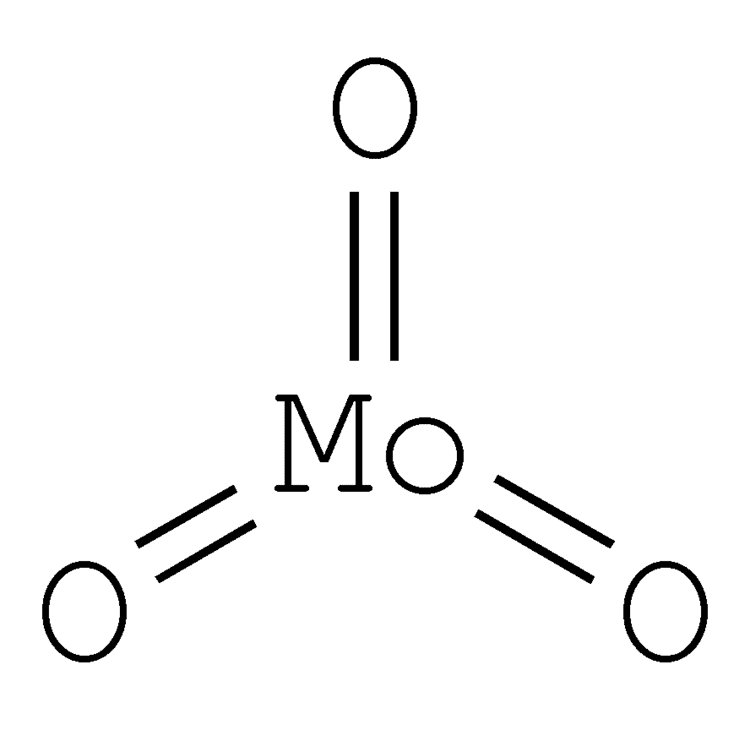
The oxidation state of molybdenum in this compound is +6.
Structure
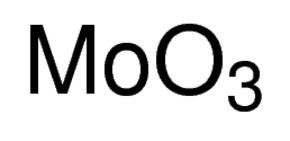
In the gas phase, three oxygen atoms are double bonded to the central molybdenum atom. In the solid state, anhydrous MoO3 is composed of layers of distorted MoO6 octahedra in an orthorhombic crystal. The octahedra share edges and form chains which are cross-linked by oxygen atoms to form layers. The octahedra have one short molybdenum-oxygen bond to a non-bridging oxygen.
Preparation and principal reactions
MoO3 is produced industrially by roasting molybdenum disulfide, the chief ore of molybdenum:
2 MoS2 + 7 O2 → 2 MoO3 + 4 SO2The laboratory synthesis entails the acidification of aqueous solutions of sodium molybdate with perchloric acid:
Na2MoO4 + H2O + 2 HClO4 → MoO3(H2O)2 + 2 NaClO4The dihydrate loses water readily to give the monohydrate. Both are bright yellow in color.
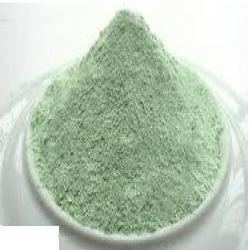
Molybdenum trioxide dissolves slightly in water to give "molybdic acid". In base, it dissolves to afford the molybdate anion.
Uses
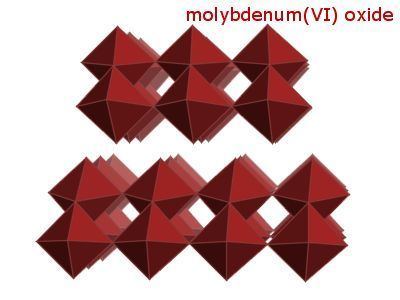
Molybdenum trioxide is used to manufacture molybdenum metal, which serves as an additive to steel and corrosion-resistant alloys. The relevant conversion entails treatment of MoO3 with hydrogen at elevated temperatures:
MoO3 + 3 H2 → Mo + 3 H2O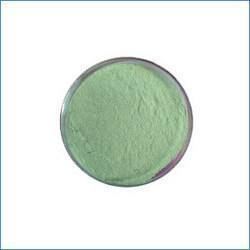
It is also a component of the co-catalyst used in the industrial production of acrylonitrile by the oxidation of propene and ammonia.
Because of its layered structure and the ease of the Mo(VI)/Mo(V) coupling, MoO3 is of interest in electrochemical devices and displays. Molybdenum trioxide has also been suggested as a potential anti-microbial agent, e.g., in polymers. In contact with water, it forms H+ ions that can kill bacteria effectively. However, the issue of keeping the catalyst clean in an environment that would exploit such antimicrobial properties has not been explored.
